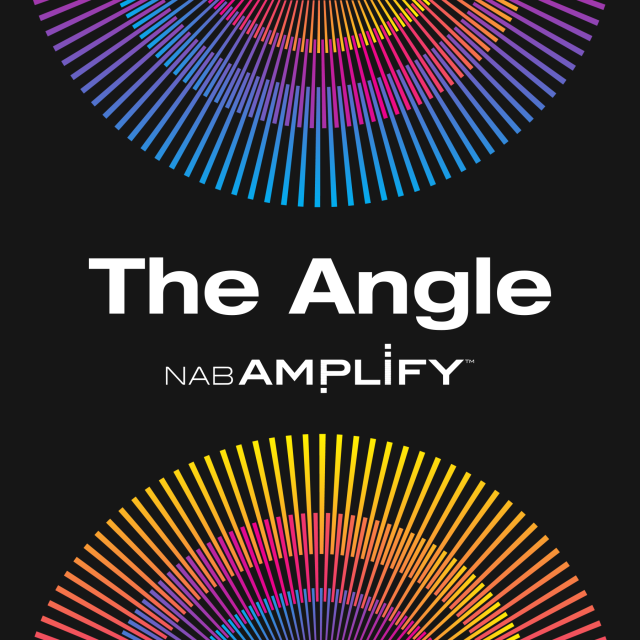
TL;DR
- As FAST ad inventory grows, the platforms they reside on have rapidly emerged as a favorite alternative source of ad inventory, replacing eyeballs lost on traditional linear TV.
- Experts on an NAB Show panel agreed that the focus should be on the consumer experience.
- Partnerships between platform providers and content owners, they said, are essential to test new ideas and curate content for different audiences.
The industry may be abuzz with the growth of free ad-supported TV (FAST) channels, but most viewers don’t have a clue.
There’s no reason why they should know the jargon, of course, but stakeholders say they have a responsibility to nurture the market.
“A lot of people don’t even know that it exists yet,” said Adam Wiener, founder of Continuous Media and a former EVP/GM at ViacomCBS, and the moderator of an NAB Show Streaming Summit session.
“It’s a little bit like ATSC 3.0 — people don’t even know that it exists. But you can never underestimate the value of free,” Wiener said.
“We’re at a really unique inflection point where things are happening much faster than they have historically,” agreed Joe Lerner, executive director of advertising partnerships at Xumo.
“We got to a point where it all comes down to the consumer. The consumer wants to access content and the way in which they access that content whether it comes through a cable an IP address, a FAST channel or a subscription-based model doesn’t matter. It’s really about making sure that the consumer can access what they want and they don’t get frustrated.”
Lerner added, “We all need to think about it from the end user perspective. Our responsibility is to put a product in the market that customers can get what they want from.”
Also on the panel was TV vendor and FAST platform operator Samsung. Takashi Nakano, head of content & business development at Samsung TV Plus, agreed: “The most important part of this entire equation is getting users into the ecosystem so they’re not making the distinction between streaming versus over the air broadcast or cable. Users just want content.”
Nakano said that while the industry might create “fractures” between streaming and linear everything boils down to the user consuming content.
“Samsung is the largest manufacturer of a glass that’s either in your pocket, or [giant LED screen] The Wall. That’s not going to change,” he said. “People are still buying hardware devices to consume content on so whether it’s a box that Xumo creates, a plug in for a TV, or it’s native to our operating system, getting users accustomed to that ecosystem is critical.”
Since FAST has only emerged in the last few years “most people don’t even know that it actually exists” Nakano said, adding, “There’s this entire educational experience that we need to do to the user,so they get accustomed to it.
“Broadcast TV has been around for 100 years, cable 50+ years so it’s gonna take a while for users to get accustomed to the FAST and VOD ecosystem so they just consume it like TV.”
Even though the viewer might ideally segue from broadcast linear TV to internet-delivered FAST, the digital delivery of FAST channels opens up a lot of opportunities for curation, personalization and niche content offers.
Samsung’s Nakano explained, “Because you can you can measure and target every stream, every stream is addressable. You can customize. So the opportunities are endless around the digital ecosystem. But for the user, it’s very much broadcast live, it very much feels like TV. That’s what’s made adoption so quick.”
To grow the business, Samsung is looking for content partners but no longer will it just launch any content or channel. There has to be a value-add.
“We are questioning ‘is this really pushing the content envelope forward? Do we believe in what the content is intending to do? We are excited about the evolution but also asking how we step into the next phases of content.”
Nakano indicated that Samsung has a quality control criteria when it comes to content partners.
“If a content partner comes to us and says, ‘Here’s my library, I’m going to stitch it together into a channel and you should carry it’ we’re not interested. I’m interested in what the value proposition is to the user for this content? How does the content partner evolve this channel or this on demand experience?”
Bethany Atchison, VP of distribution partnerships at music video brand Vevo, agreed. “We have [around] a million pieces of content that we’re working with and we can’t just give our library away and hope that people are going to engage with it in a way that will keep them coming back [for more].
“We have to present it to them in a way that’s digestible, that’s memorable, that’s fun. It’s finding ways to bring the content to users in ways that are relevant and timely. That has been core to our success in the past.”
Atchison added, “It’s not just us dictating what’s going on. It’s a conversation with the platform. We need to understand that audience and what’s going to resonate there.
“There are nuances in the audiences on different platforms and the way that they’re engaging with content. So it’s important for us to get as much information as we can at the start and publish the best channels, but also to be agile and [change] if it isn’t the best fit,” she said.
“We’re in constant conversations with our distribution partners to make sure that we have the right lineups, that the programming blocks that we’re surfacing are resonating, that they’re scheduled at the right time throughout the day. Really just trying to understand the best way to engage that specific audience.”
For instance, Vevo will carefully consider if a genre of programming in its library is worth an entire 24/7 channel to itself or better served as a block on an existing channel or in VOD playlists.
Then there’s the whole FAST business outside of the US, which is different again. “Internationally, we have a really long runway in terms of channels that we can launch. We’re still growing that business, learning each of the different markets and what’s resonating there,” Atchison said.
Much of the information that content owners need to be able to curate, program and target audiences is from metadata and this is something that Nielsen-owned Gracenote has a lot of.
“We’re probably the largest collector of program data out there,” said Jeremy Justice, VP of product management at Gracenote. “We work with every large platform in US, Europe and Latin America.
“Data really helps supplement and enrich content whether by helping ‘sell’ what you actually see on the screen using imagery and descriptive data, but also the underlying data that goes into recommendation systems.
“Every platform, has their own secret sauce to this, but they’re all trying to do the same thing, which is to give content some sort of velocity towards an audience.”
From Atchison’s point of view, Vevo wants to work with FAST platform providers “to share data and do tests together and try something new. Maybe it’s not going to work towards the goal that we’re hoping for but we’re going to try it [because] maybe it will be wonderful.
“I think like that partnership between the platform and the content provider is key to really figuring out success here.”
View all Streaming Summit session videos here.

Why subscribe to The Angle?
Exclusive Insights: Get editorial roundups of the cutting-edge content that matters most.
Behind-the-Scenes Access: Peek behind the curtain with in-depth Q&As featuring industry experts and thought leaders.
Unparalleled Access: NAB Amplify is your digital hub for technology, trends, and insights unavailable anywhere else.
Join a community of professionals who are as passionate about the future of film, television, and digital storytelling as you are. Subscribe to The Angle today!


